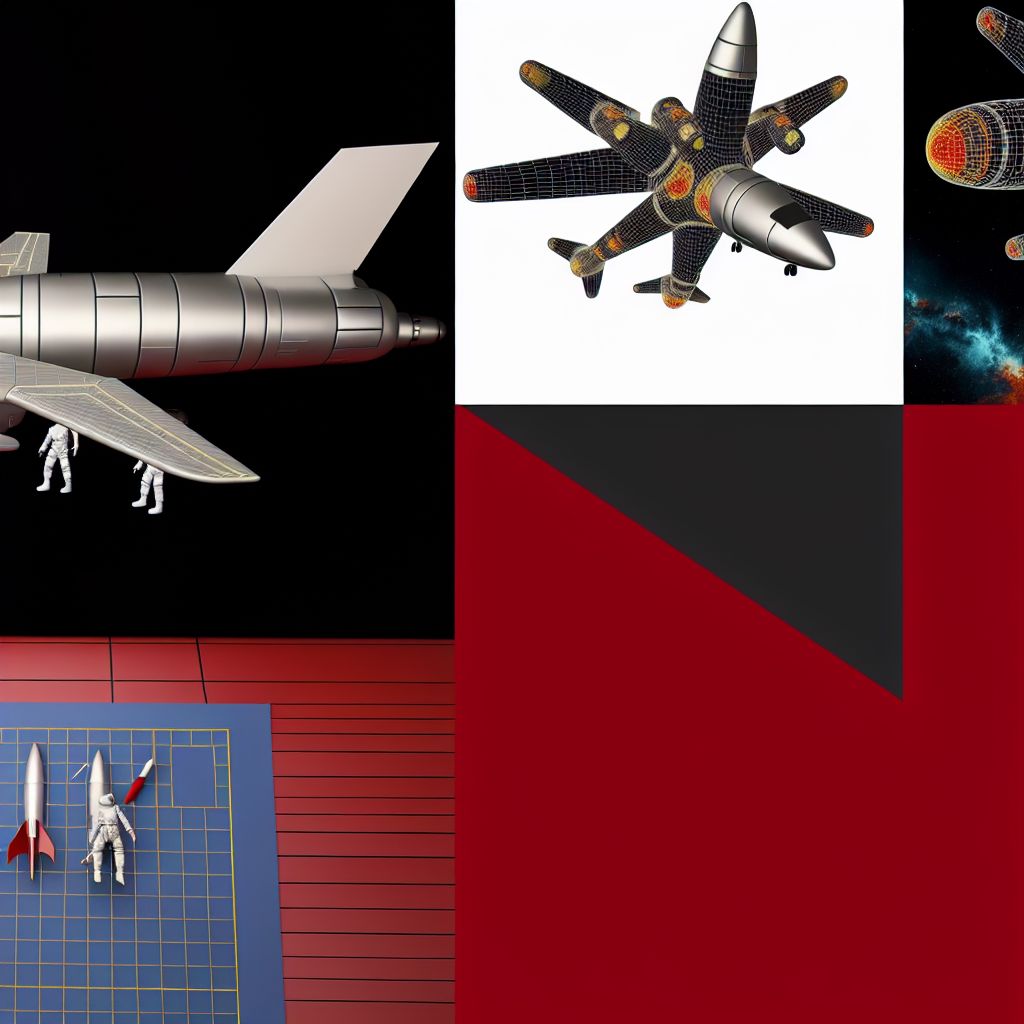Deutsch: Raumflugzeug / Español: Avión Espacial / Português: Avião Espacial / Français: Avion Spatial / Italiano: Astronave /
In the Space industry context, a spaceplane is a vehicle that combines features of both Aircraft and spacecraft, designed to operate in both the Atmosphere of Earth and outer space. This enables it to take off and land like an airplane while also having the capability to enter space, conduct operations in Orbit, and then return to Earth. Spaceplanes can be crewed or uncrewed and are developed for a variety of purposes, including space tourism, satellite deployment, space station resupply, and Research.
Description

Spaceplanes are characterized by their Aerodynamic Design, which allows them to glide through the Earth's atmosphere during re-entry, reducing the need for heavy Heat shields and parachutes typically used by traditional capsule-shaped spacecraft. They often use hybrid Propulsion systems that can function both in the atmosphere (using air-breathing engines) and in the Vacuum of space (using Rocket engines). The development of spaceplanes poses significant Engineering challenges, requiring advanced materials and technologies to handle the thermal and mechanical stresses of both atmospheric flight and space travel.
Application Areas
- Space Tourism: Providing suborbital flights for tourists, offering a unique Experience of Weightlessness and views of Earth from space.
- Satellite Deployment: Offering a reusable platform for placing satellites into orbit, potentially lowering the cost of Access to space.
- Space Station Resupply: Delivering cargo and crew to space stations, with the ability to return to Earth with experiments and waste.
- Research and Development: Conducting scientific experiments in microgravity and testing new technologies in space.
Risks
- Technical Complexity: Spaceplanes involve complex systems that must operate reliably in vastly different environments.
- Re-entry Risks: Managing the high temperatures and aerodynamic forces during atmospheric re-entry is challenging.
- Cost and Development Time: The development of spaceplanes requires significant investment and time, with a high risk of delays and increased costs.
Examples
- Space Shuttle: Developed by NASA, the Space Shuttle was the first operational spaceplane, used for numerous missions from 1981 to 2011.
- Virgin Galactic’s SpaceShipTwo: A suborbital spaceplane designed for commercial space tourism.
- Sierra Nevada Corporation’s Dream Chaser: Designed for cargo resupply missions to the International Space Station, with plans for crewed versions.
- Boeing X-37: An uncrewed spaceplane used by the U.S. Air Force for classified missions in orbit.
Similar Terms or Synonyms
- Aerospaceplane
- Orbital Spaceplane
- Reusable Launch Vehicle (RLV)
Summary
Spaceplanes represent a hybrid approach to space access, combining the reusability and operational characteristics of airplanes with the capabilities of spacecraft. They hold the promise of more versatile and cost-effective space missions, including commercial space travel, satellite deployment, and resupply missions to orbiting space stations. Despite the challenges, the development of spaceplanes continues to advance, with several projects aimed at achieving regular, sustainable access to space.
--
Related Articles to the term 'Spaceplane' | |
| 'Aeroplane' | ■■■■■■■■ |
| Aeroplane: In the Space industry context, the term \'aeroplane\' isn\'t typically used in its traditional . . . Read More | |
| 'SpaceShipTwo' | ■■■■■■■ |
| SpaceShipTwo in the Space industry context refers to a suborbital, air-launched spaceplane developed . . . Read More | |
| 'Spacecraft' | ■■■■■■■ |
| A spacecraft is a vehicle or machine that is designed and built to operate outside of the Earth\'s atmosphere, . . . Read More | |
| 'Maneuverability' | ■■■■■■■ |
| In the space industry context, maneuverability refers to the ability of a spacecraft, satellite, or any . . . Read More | |
| 'International Space Station' at top500.de | ■■■■■■■ |
| The International Space Station (ISS) is the largest modular space station in low Earth orbit, serving . . . Read More | |
| 'Aircraft flight control system' | ■■■■■■ |
| Aircraft flight control system: An Aircraft Flight control system in the Space industry refers to the . . . Read More | |
| 'Virgin Galactic’s SpaceShipTwo' | ■■■■■■ |
| Virgin Galactic’s SpaceShipTwo: Virgin Galactic\'s SpaceShipTwo represents a pioneering suborbital . . . Read More | |
| 'Zero Gravity' | ■■■■■■ |
| Zero Gravity (\'zero-G\' or \'microgravity\') refers to the condition of near weightlessness that occurs . . . Read More | |
| 'Reentry' | ■■■■■■ |
| Reentry is a critical phase of a spacecraft or a missile\'s mission, where it enters the Earth\'s atmosphere . . . Read More | |
| 'Earth' | ■■■■■■ |
| The Earth plays a central role in the aerospace industry, as it is the planet where all aerospace vehicles . . . Read More | |
